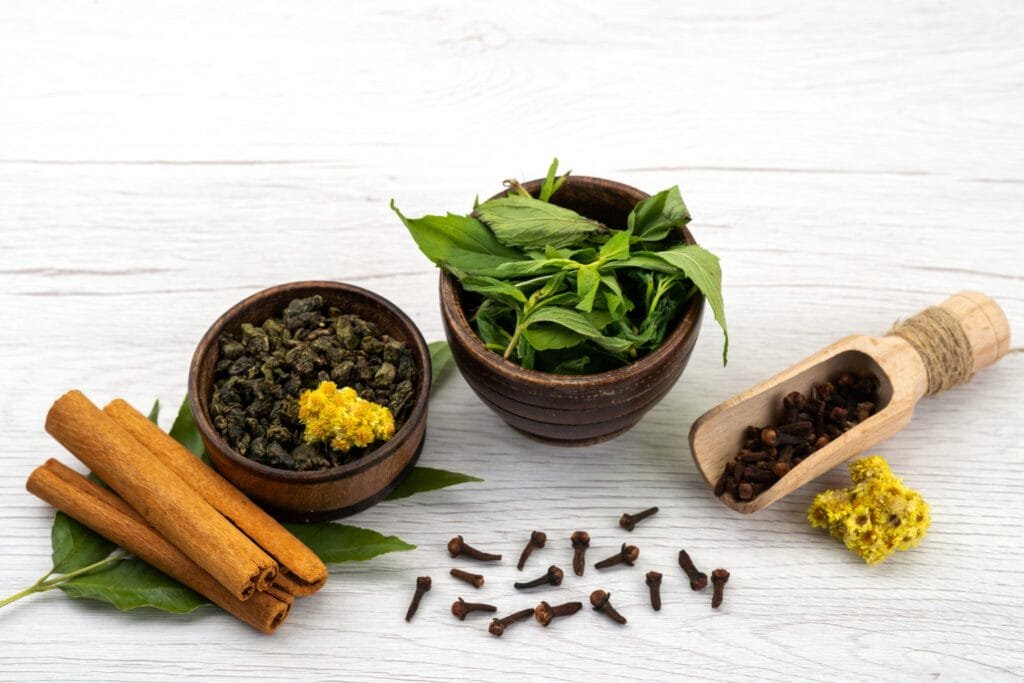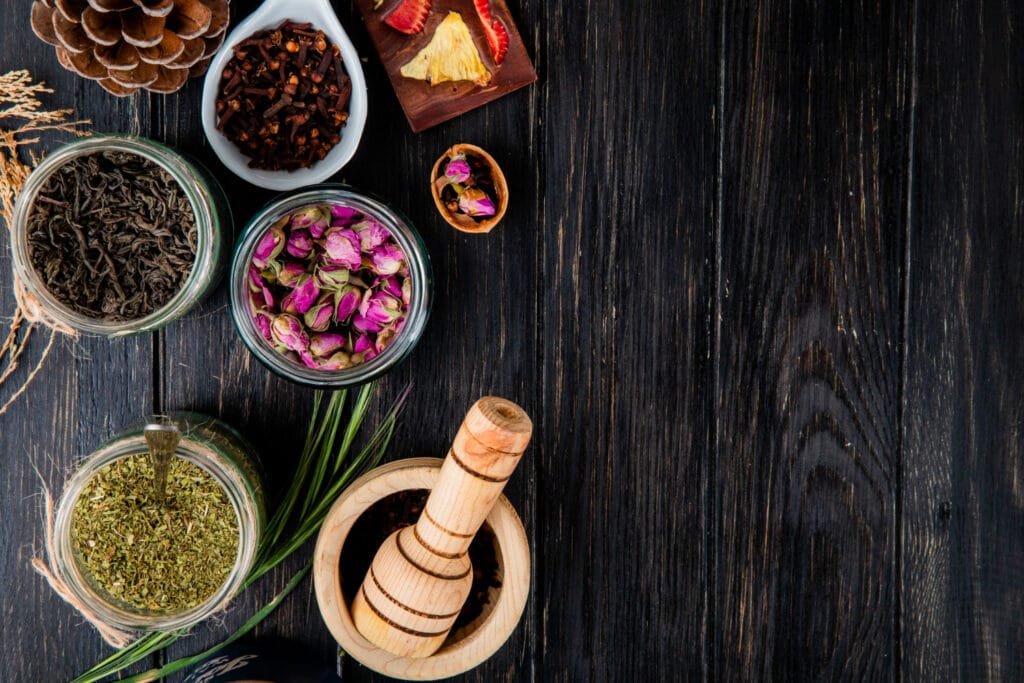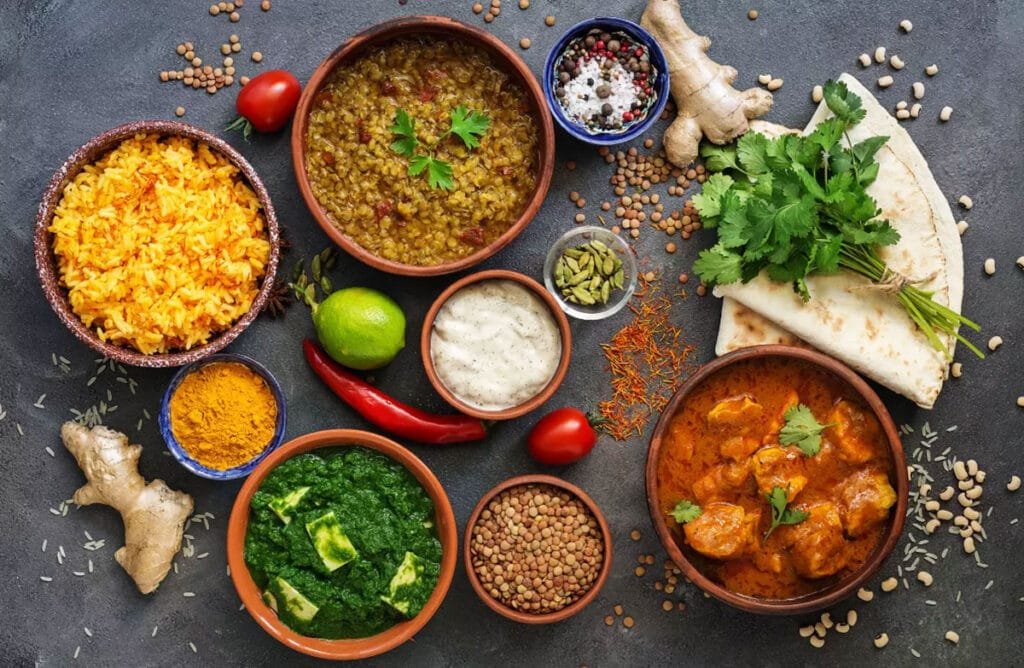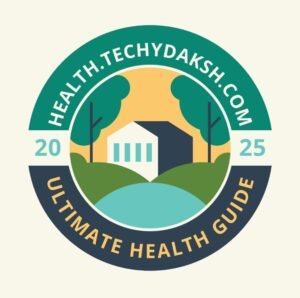Ayurveda and Traditional Medicine for Better Tomorrow
In recent years, there has been a significant resurgence of interest in holistic healing methods, particularly Ayurveda and other traditional medicine systems. As modern lifestyles become increasingly stressful and people are more aware of the limitations of conventional medicine, many are turning to ancient practices that focus on overall well-being rather than just treating symptoms. Ayurveda, Traditional Chinese Medicine (TCM), Unani, and other indigenous healing systems are being rediscovered and integrated into mainstream healthcare. The shift towards these natural remedies stems from the growing demand for preventive healthcare, fewer side effects, and a more personalized approach to wellness. This article explores why and how Ayurveda and traditional medicine are making a strong comeback in today’s health-conscious world.
Understanding Ayurveda and Traditional Medicine

Ayurveda, which originated in India over 5,000 years ago, is based on the principle of balancing the body, mind, and spirit. It categorizes individuals into three primary doshas: Vata, Pitta, and Kapha, each representing different physiological and psychological traits. Ayurvedic treatments are highly personalized, involving herbal medicines, specialized diets, detoxification therapies, yoga, and meditation. Traditional Chinese Medicine (TCM) operates on a similar philosophy, emphasizing the balance of Qi (life energy) through acupuncture, herbal medicine, Tai Chi, and dietary therapies. Other traditional systems such as Unani and Siddha medicine also stress the importance of natural herbs, dietary balance, and spiritual well-being. These practices are rooted in centuries of observation and practical application, making them holistic approaches to maintaining health.
The Rise of Natural Remedies Over Synthetic Drugs

One of the primary reasons for the resurgence of Ayurveda and traditional medicine is the increasing preference for natural remedies over synthetic drugs. With more people seeking alternatives to chemical-based pharmaceuticals, herbal treatments and plant-based solutions have gained immense popularity. Ayurvedic herbs like turmeric, ashwagandha, and tulsi are now widely recognized for their anti-inflammatory, adaptogenic, and immune-boosting properties. Similarly, Traditional Chinese Medicine herbs such as ginseng and ginkgo biloba are being used globally to enhance cognitive function and vitality. The widespread acceptance of herbal remedies has led to an expansion of the natural health industry, with Ayurvedic and traditional medicine products now available in mainstream markets worldwide.
The Preventive Approach of Traditional Medicine

Another driving factor behind the renewed interest in traditional medicine is its preventive approach. Unlike conventional medicine, which often focuses on treating illnesses after they manifest, Ayurveda and other holistic systems emphasize disease prevention through lifestyle modifications. Ayurveda promotes daily routines (Dinacharya) and seasonal regimens (Ritucharya) that help individuals maintain their health by aligning with nature’s rhythms. Practices such as oil pulling, tongue scraping, and detoxifying drinks are becoming increasingly popular as people recognize their long-term benefits. Traditional medicine encourages self-awareness and self-care, empowering individuals to take charge of their health rather than being entirely dependent on medical interventions.
Concerns Over Side Effects of Modern Pharmaceuticals

The growing concerns over the side effects of modern pharmaceuticals have also contributed to the revival of traditional medicine. While synthetic drugs are highly effective in treating acute conditions, many come with adverse effects when used long-term. Chronic diseases such as diabetes, hypertension, and autoimmune disorders require prolonged medication use, which often leads to complications such as liver damage, kidney issues, and digestive disturbances. In contrast, traditional medicine systems use natural compounds that are gentler on the body. Herbal formulations are carefully prepared to work in synergy with the body’s natural healing mechanisms, minimizing the risk of harmful side effects. This is particularly appealing to those looking for sustainable and safe treatment options.
Scientific Validation of Ayurveda and Traditional Healing

Scientific validation of traditional healing methods has further fueled their acceptance. In recent years, there has been a surge in research on Ayurveda and traditional medicine, leading to a better understanding of their therapeutic effects. Modern studies have confirmed the efficacy of Ayurvedic treatments such as Panchakarma for detoxification and stress reduction. Similarly, acupuncture, a key component of Traditional Chinese Medicine, has been extensively studied for its benefits in pain management, stress relief, and even neurological disorders. As these ancient practices gain scientific backing, they are being integrated into modern healthcare systems. Many hospitals and wellness centers now offer complementary therapies such as yoga, herbal medicine, and acupuncture alongside conventional treatments.
Mental and Emotional Well-Being Through Traditional Practices

The holistic healing approach of Ayurveda and traditional medicine extends beyond physical health to mental and emotional well-being. In today’s fast-paced world, stress, anxiety, and depression have become widespread concerns. Ayurveda and TCM emphasize the mind-body connection and provide solutions that promote emotional balance. Meditation, Pranayama (breath control), and herbal adaptogens like Brahmi and Shankhpushpi are commonly used to support mental clarity and reduce stress. The practice of mindfulness, which has its roots in ancient healing traditions, is now a mainstream concept, helping individuals cultivate inner peace and resilience against daily stressors.
Ayurvedic Diets and Nutritional Principles

Ayurvedic diets and nutritional principles are also gaining traction as more people seek personalized approaches to eating. Unlike modern diet trends that focus solely on calorie counting or macronutrients, Ayurveda considers an individual’s constitution, digestive capacity, and environmental factors. Ayurvedic dietary recommendations emphasize fresh, seasonal, and easily digestible foods that enhance digestion and overall vitality. Foods are categorized based on their taste, energy, and post-digestive effects, ensuring that they align with one’s body type. Similarly, Traditional Chinese Medicine uses food therapy to restore balance and vitality, with ingredients selected based on their warming or cooling properties.
The Role of Digital Media in the Revival of Traditional Medicine

Another aspect contributing to the growing popularity of traditional medicine is the role of digital technology and social media. Awareness about Ayurveda and other holistic practices has spread through online platforms, where health influencers, practitioners, and wellness brands share valuable insights. Online consultations, e-commerce platforms selling herbal products, and digital wellness programs have made traditional healing more accessible than ever before. With the rise of telemedicine, Ayurvedic doctors and holistic health experts are now available to provide guidance to people worldwide, further bridging the gap between ancient wisdom and modern convenience.
Integration of Traditional Medicine with Modern Healthcare

The integration of traditional medicine with modern healthcare is shaping the future of holistic healing. Many medical professionals are recognizing the benefits of combining conventional treatments with complementary therapies. For instance, Ayurvedic principles are being used alongside allopathic medicine in managing chronic conditions such as arthritis, irritable bowel syndrome, and metabolic disorders. The World Health Organization (WHO) has also acknowledged the importance of traditional medicine and is working towards its inclusion in global healthcare policies. This recognition is paving the way for research-driven applications of Ayurveda, TCM, and other ancient healing practices in mainstream medicine.
Final Thoughts
While the resurgence of Ayurveda and traditional medicine is promising, it is essential to approach these systems with a balanced perspective. Not all traditional remedies are suitable for every individual, and self-medication without proper guidance can be risky. Consulting qualified practitioners who understand the nuances of holistic healing is crucial to ensuring safe and effective treatment. Additionally, while many herbal products are now available in the market, it is essential to verify their authenticity and quality to avoid adulterated or ineffective formulations.
In conclusion, the comeback of Ayurveda and traditional medicine is a reflection of society’s growing inclination towards holistic and preventive healthcare. With their focus on balance, natural healing, and personalized treatment, these ancient systems offer valuable insights into achieving long-term well-being. As scientific research continues to validate their effectiveness and modern healthcare integrates complementary therapies, Ayurveda and traditional medicine are poised to play a significant role in the future of global health. By embracing these time-tested practices mindfully, individuals can experience profound improvements in their physical, mental, and emotional health, leading to a more harmonious and sustainable way of living.


Pingback: The Surprising Health Benefits of Drinking Buttermilk Daily - HEALTH TECHYDAKSH